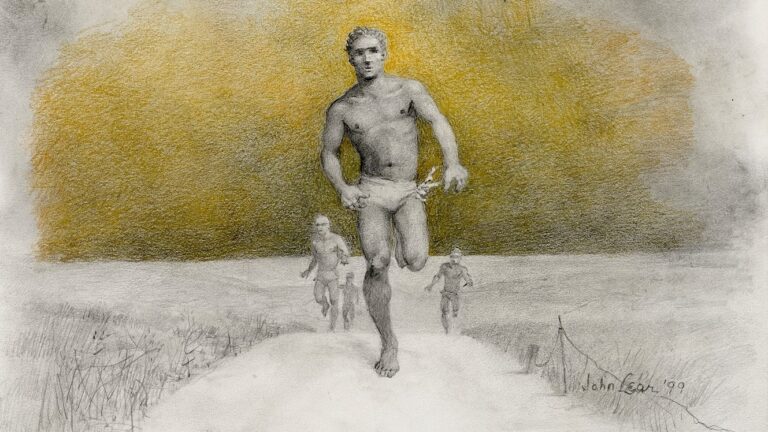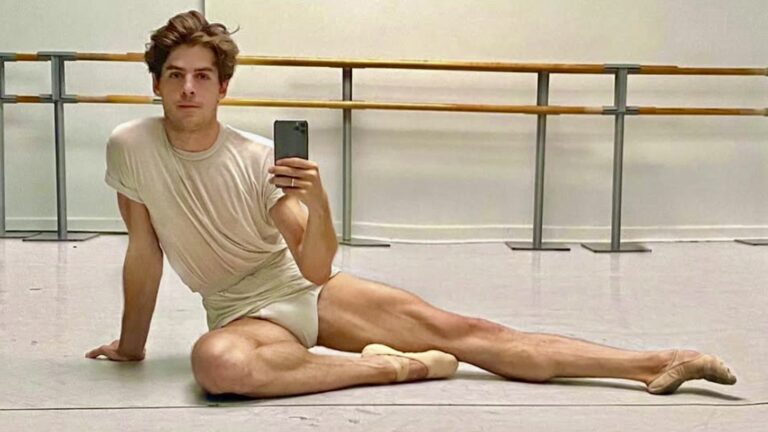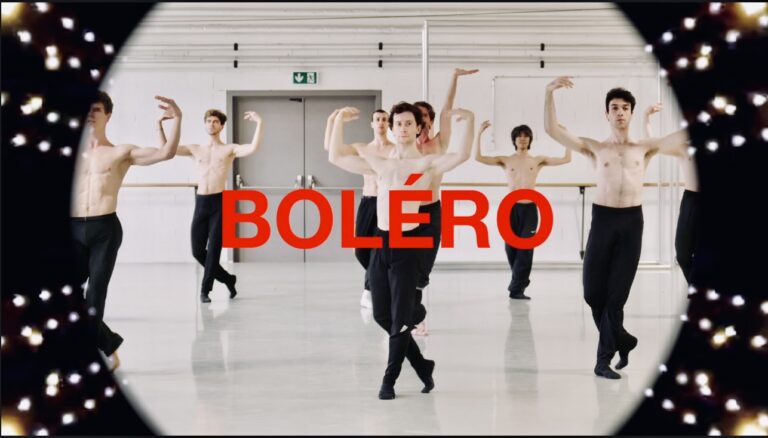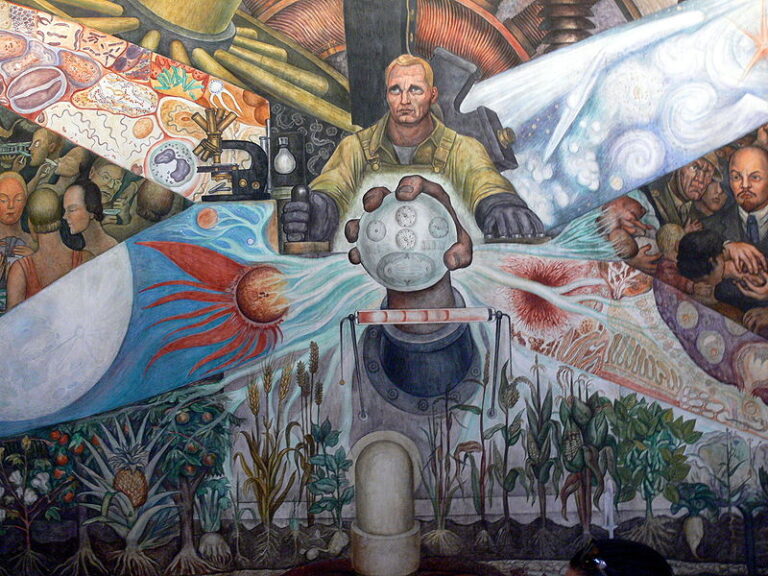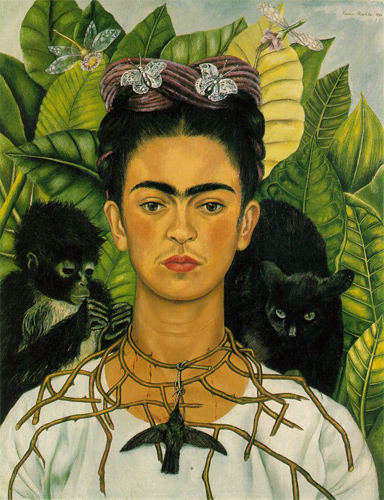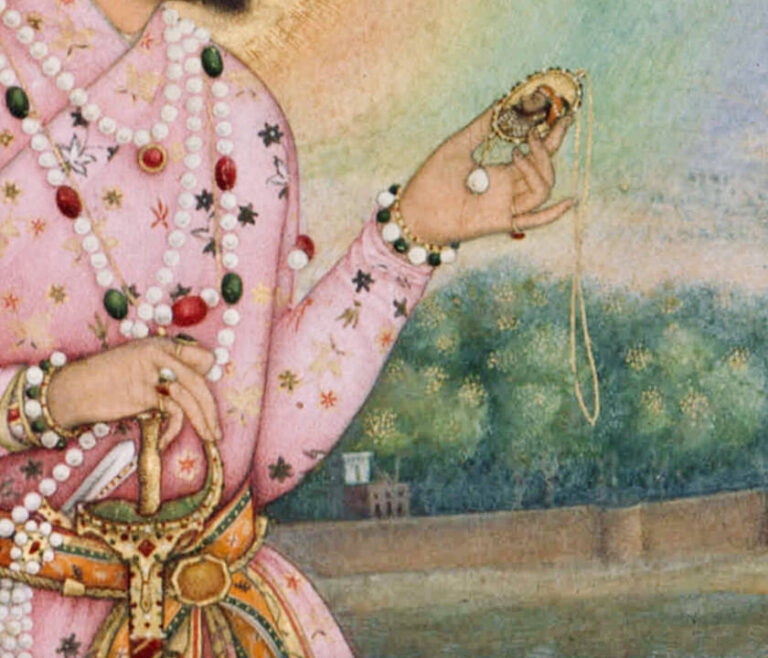Art
Frida Kahlo’s self-portrait sets record with $54.7 Million sale at Sotheby’s in New York City on November 20, 2025
Frida Kahlo’s self-portrait sets record with $54.7 Million sale at Sotheby’s in New York City on November 20, 2025 ‘El […]
THE MALE PAINTINGS OF AMERICAN JOHN LEAR
John Lear’s art might have saved him from harm’s way during World War II. A niece, Susan MacBride, recalled that […]
CONTEMPORARY AND BALLET MALE DANCERS II
CONTEMPORARY AND BALLET MALE DANCERS II It is often misunderstood as a form of dance meant for girls and women […]
CONTEMPORARY & BALLET MALE DANCERS
It is often misunderstood as a form of dance meant for girls and women only, but nothing could be further […]
Arturo Souto Feijoo – Spanish Master Painter
Art Arturo Souto Feijoo – Spanish Master Painter Published: 08 November 2021 User Rating: 5 / 5 Arturo Souto Feijoo […]
The Surrealism of Olga Costa
Art The Surrealism of Olga Costa Published: 04 December 2022 User Rating: 5 / 5 The Kostakowsky family was not […]
Diego Rivera: Controversial Mexican Muralist and Painter
Diego Rivera (December 8, 1886 – November 24, 1957) was born in Guanajuato, Guanajuato, to a well-to-do family. Rivera was descended, on his mother’s side, from Jews who converted to Roman Catholicism, and, on his father’s side, from Spanish nobility. Rivera was an active communist, and twice husband of Frida Kahlo (1929–1939 and 1940–1954). His large wall works in fresco helped establish the Mexican Mural Renaissance. Between 1922 and 1953, Rivera painted murals among others in Mexico City, Chapingo, Cuernavaca, San Francisco, Detroit, and New York City.
Salvador Dali’s “Aliyah: The Rebirth of Israel”
Salvador Dali (1904-1989), born in Figueres, Spain, is best known for his highly imaginative, surrealistic work. In 1968, Dali created 25 colored lithographs taken from his mixed-media paintings to commemorate the 20th anniversary of the founding of the state of Israel. Salvador Dali’s “Aliyah: The Rebirth of Israel” collection portrays the history of the Jewish people’s return to their homeland.
Frida Kahlo’s House and Museum Virtual Tour
Frida Kahlo’s work has been celebrated in Mexico and around the world as emblematic of national and indigenous tradition, and by feminists for its uncompromising depiction of the femele experience and form.
What a Tiny Masterpiece Reveals About Power and Beauty
Shahab-ud-din Muhammad Khurram (January 5, 1592 – July 31, 1658) was born in Lahore, in modern-day Pakistan, and was the third son of Prince Salim (later known as ‘Jahangir’). His mother was a Rajput princess from Marwar called Princess Jagat Gosaini. The name “Khurram” (joyous) was chosen for the young prince by his grandfather, Emperor Akbar, with whom the young prince shared a close relationship Evidence from the reign of Shah Jahan states that in 1648 the army consisted of 911,400 infantry, musketeers, and artillery men, and 185,000 Sowars commanded by princes and nobles. His cultural and political initial steps have been described as a type of the Timurid Renaissance, in which he built historical and political bonds with his Timurid heritage mainly via his numerous unsuccessful military campaigns on his ancestral region of Balkh. In various forms, Shah Jahan appropriated his Timurid background and grafted it onto his imperial legacy.

